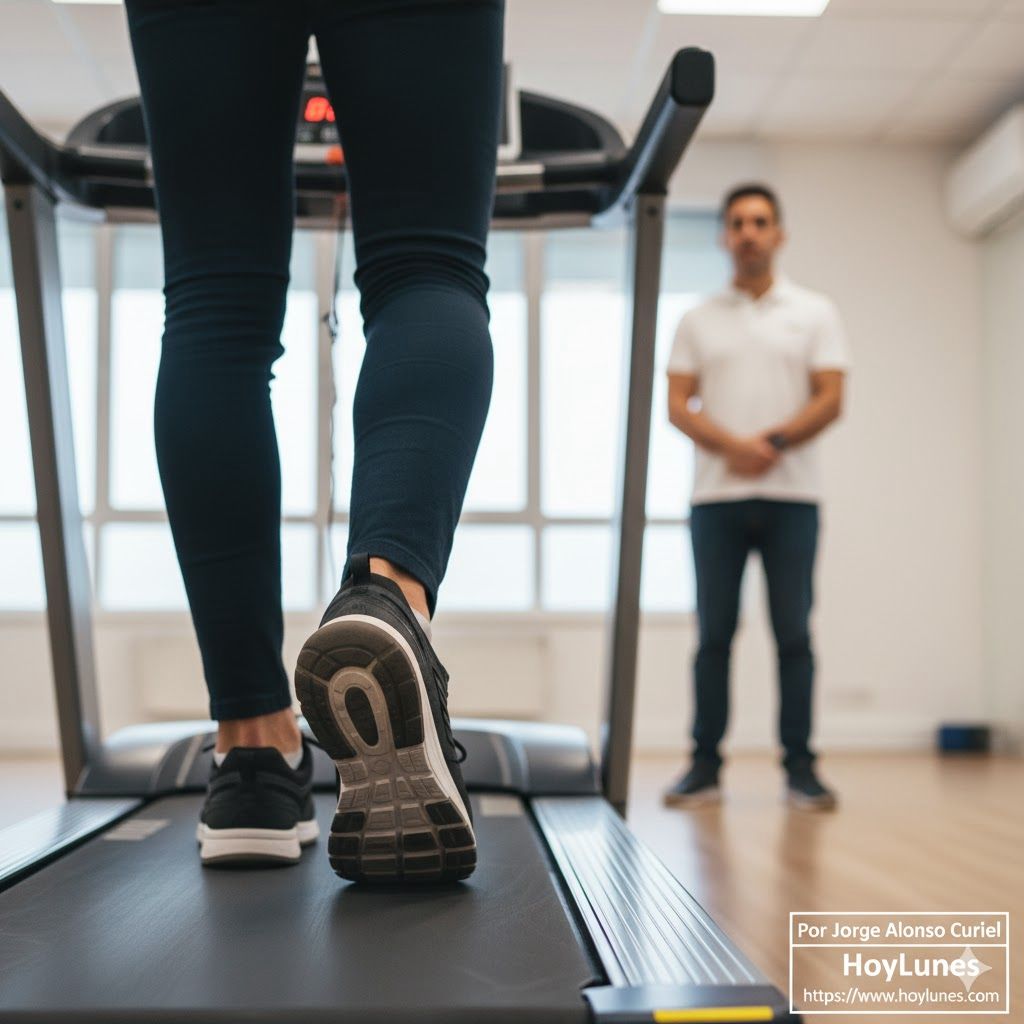A step in the opposite direction that awakens dormant muscles, balances the mind, and teaches that moving forward does not always mean going ahead.
By Jorge Alonso Curiel
HoyLunes – Walking is one of the simplest and most recommended exercises by experts, but a curious trend is gaining ground among physiotherapists and athletes: walking backwards. What once seemed like a simple children’s game or an awkward movement has become a practice with surprising benefits for both physical and mental health.
A different way of moving
Walking backwards —also known as “retro-walking“— completely changes the dynamics of movement. By reversing direction, muscles and areas of the body that normally remain in the background when walking forward are activated.
According to several studies published in physiology and rehabilitation journals, this type of walking improves coordination, balance, and leg strength, especially in the muscles of the knees and glutes.

Proven physical benefits
It strengthens the knees and reduces joint impact
When walking backwards, body weight is distributed differently, reducing pressure on the knees. For this reason, it is used in rehabilitation programs for people with injuries or osteoarthritis.
It burns more calories
Walking in the opposite direction requires 30 to 40% more energy than walking forward, making it an excellent cardiovascular exercise.
It improves balance and posture
The lack of frontal vision forces the body to rely more on the inner ear and proprioception (the awareness of one’s own body), which strengthens balance and stability.
Our brain activates quickly and efficiently
Since it is an unusual movement, it stimulates neuroplasticity. The brain must “relearn” how to coordinate the body, which can improve concentration and memory.

A complete mental workout
A study by Roehampton University in the United Kingdom showed that people who walked backwards remembered a list of words better than those who walked forward or remained still. Researchers suggest that the mental effort of reversing the direction of movement could improve short-term memory.
How to start safely
∙ Begin in a safe place, such as a hallway, a track, or a treadmill with handrails.
∙ Keep your gaze alternately over your shoulder.
∙ Take short, controlled steps.
∙ Gradually increase time and speed.
If you practice outdoors, be cautious and do it in an obstacle-free environment or with a companion to guide you. Always prioritize your safety.

In short, walking backwards is not just a curious exercise that draws attention: it is a complete workout involving both body and mind. It improves balance, strengthens the legs, activates the mind, and even helps burn more calories. A simple, cost-free practice with real results.
As the saying goes, sometimes, to move forward, you have to take a few steps back.
A good phrase that fits this topic.




